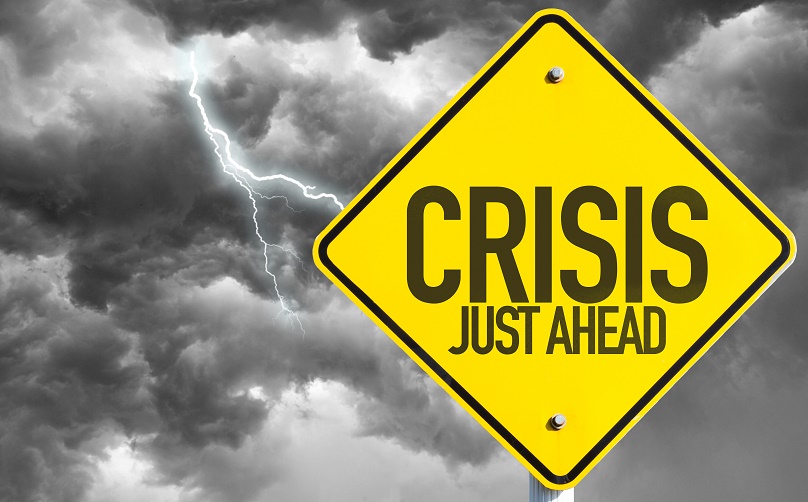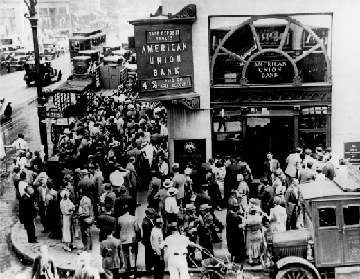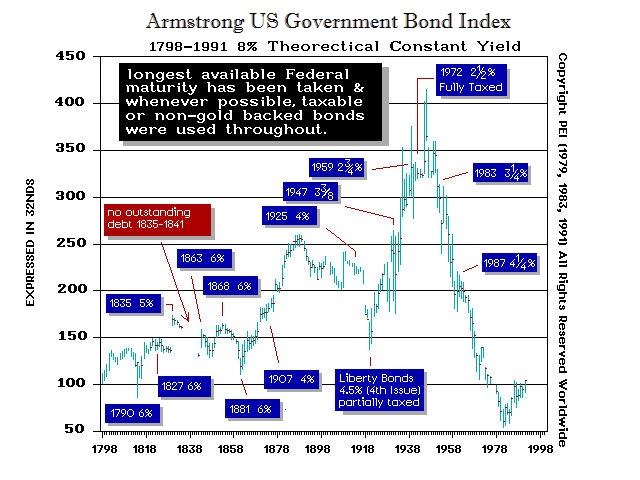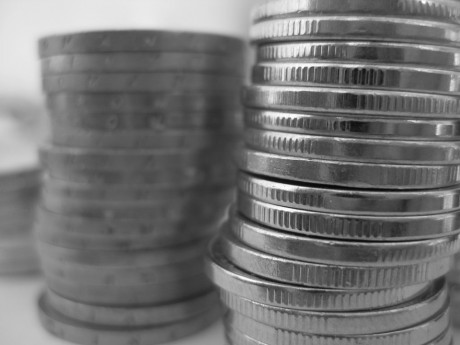The insider blame game has begun.
In this late winter of generalized discontent, it is not easy to pinpoint just where the biggest threat to Europe’s increasingly flimsy union lies, so intense is the competition. One obvious contender is the Eurozone’s third largest economy, Italy, which faces a banking crisis, an economic crisis, a debt crisis, and a political crisis all at the same time.
The country’s Five Star Movement is gaining momentum both in the polls and in its efforts to call for a referendum on euro membership. In the meantime, Italy’s newly installed government wants — indeed, needs — to bail out a growing number of banks but has neither the money nor the political capital to do so.
Things had gotten so bad that the country’s two bad banks (Atlante I and Atlante II), ostensibly created to stabilize the financial system, were themselves on the verge of collapse. Turns out that things are even worse than we had thought, following a blistering tirade on Tuesday from Italy’s bad banker-in-chief, Alessandro Penati.
“There is no clear vision of the problem and no strategy,” Penati told a financial conference in Milan, according to Reuters. He said he was virtually working alone on rescues that had revealed “horror stories” within some banks.
In short, the insider blame game has begun.
Penati, whose boutique asset management firm, Quaestio Capital Management, was chosen to oversee the supervision of Atlante in late 2015, directed much of his ire at the banks themselves, in particular Italy’s two largest financial institutions, UniCredit and Intesa Sao Paolo. Atlante’s investors had, he said, shown “zero long-sightedness,” after declining to invest more in the fund, which has used 80% of its money to rescue two mid-sized banks in northeast Italy — Veneto Banca and Banca Popolare di Vicenza. Both these lenders now need more capital.
…click on the above link to read the rest of the article…









